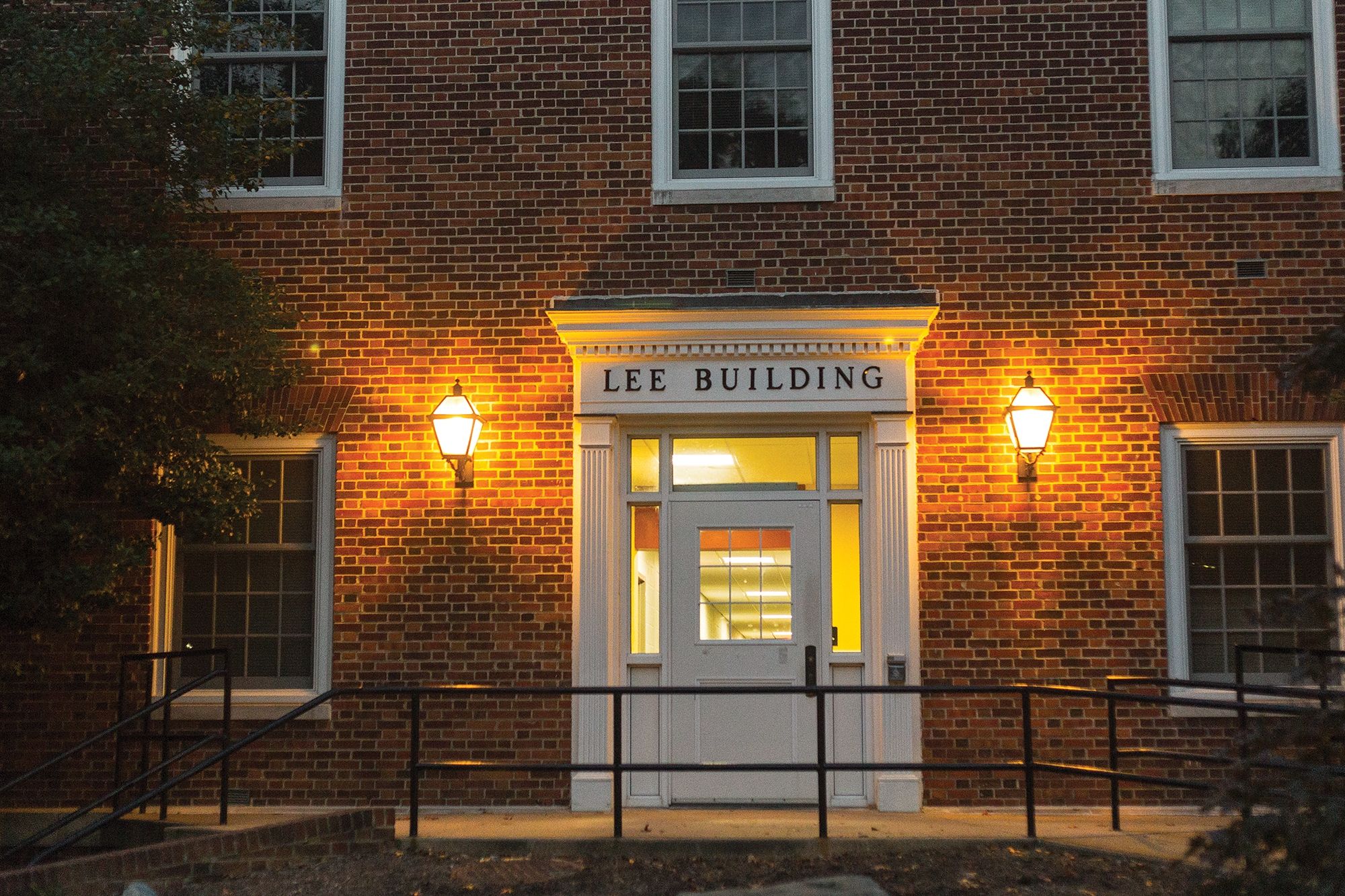For the second straight year, the University of Maryland will have a team in the national finals of an architecture and urban development design competition — with a chance to win $20,000.
This university’s team of five graduate students will join groups from Yale, Virginia Tech and the University of California-Berkeley in the finals of the U.S. Housing and Urban Development department’s Innovation in Affordable Housing Student Design and Planning Competition contest in April. The runner-up will receive $10,000, and other finalists will receive $5,000.
The competition “challenges interdisciplinary, graduate-level teams to address social, economic and environmental issues surrounding a real-world housing problem in the United States by developing innovative and original solutions through development, design and finance,” according to a university press release.
For this year’s competition, students developed a plan for mixed-income and mixed-use housing along the San Antonio River Walk, a 15-mile pathway through a park in the city. Each team submitted 3D graphics and models of its design, as well as a description of the plan and its estimated costs.
[Read more: UMD students won a cybersecurity competition that was like virtual capture-the-flag]
This university’s team used a combination of different types of housing and green space to create a “fully diverse development,” team captain Kyle Huck said.
Though the team can’t go into detail because the competition is ongoing, Huck said their project emphasizes affordability and sustainability, while maximizing density.
“We’re really looking forward to continuing to improve the design, and we’re all really excited to have made it to the finals again,” said Huck, a master’s student in architecture and real estate development.
The students on the team are pursuing degrees in real estate development, architecture and urban studies and planning. Maria Day-Marshall, one of the team’s advisors, said collaborating on this type of interdisciplinary work will benefit them as they continue through their professional careers.
“Working together has really enhanced their knowledge of the industry,” said Day-Marshall, the director of this university’s real estate development program. “I think they’ll be prepared to be significant contributors to the industry once they graduate, and I think participating in this competition really enhances that.”
Casey Huntington, a graduate student in architecture and real estate development, agreed with Day-Marshall. She appreciates how the experience has built her group work skills and taught her different aspects of urban development.
[Read more: TerpThon, Symbiont Health each win $5,000 in seventh annual Do Good Challenge]
“We’ve been learning so much about the differences in how to develop these types of projects that are helping low-income people in the community, the ways that public funding comes into play, and different incentive programs,” she said.
Last year’s competition tasked teams with building a housing complex for senior citizens and people with disabilities in New Hampshire. This university’s team took home the grand prize with a plan that incorporated various social services and was more efficient than its competitors.
Huck said he believes the interdisciplinary work provided by the HUD competition would be beneficial to all students pursuing an architecture-related career.
“I think the [architecture] school should encourage more interaction between the degree programs, because it’s sort of a more realistic approach to projects when you’re out in the profession,” he said.



